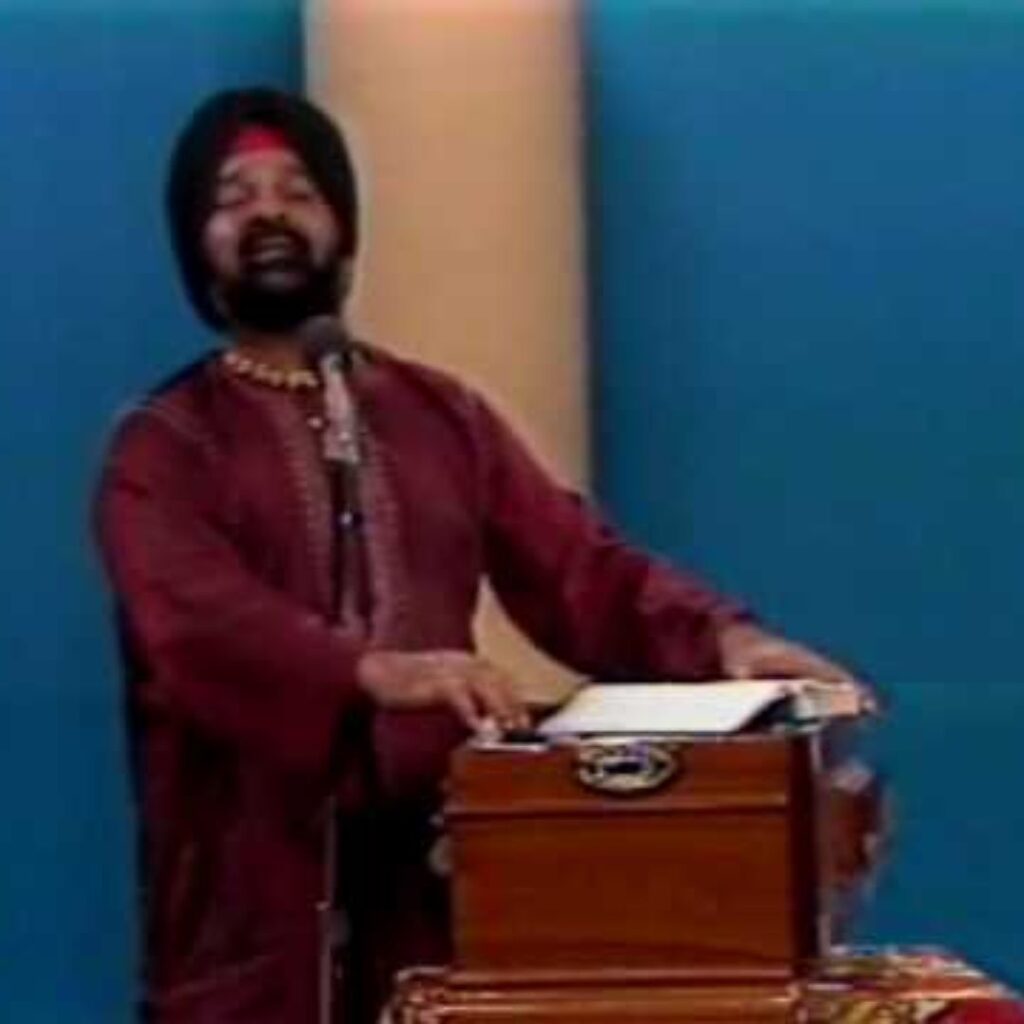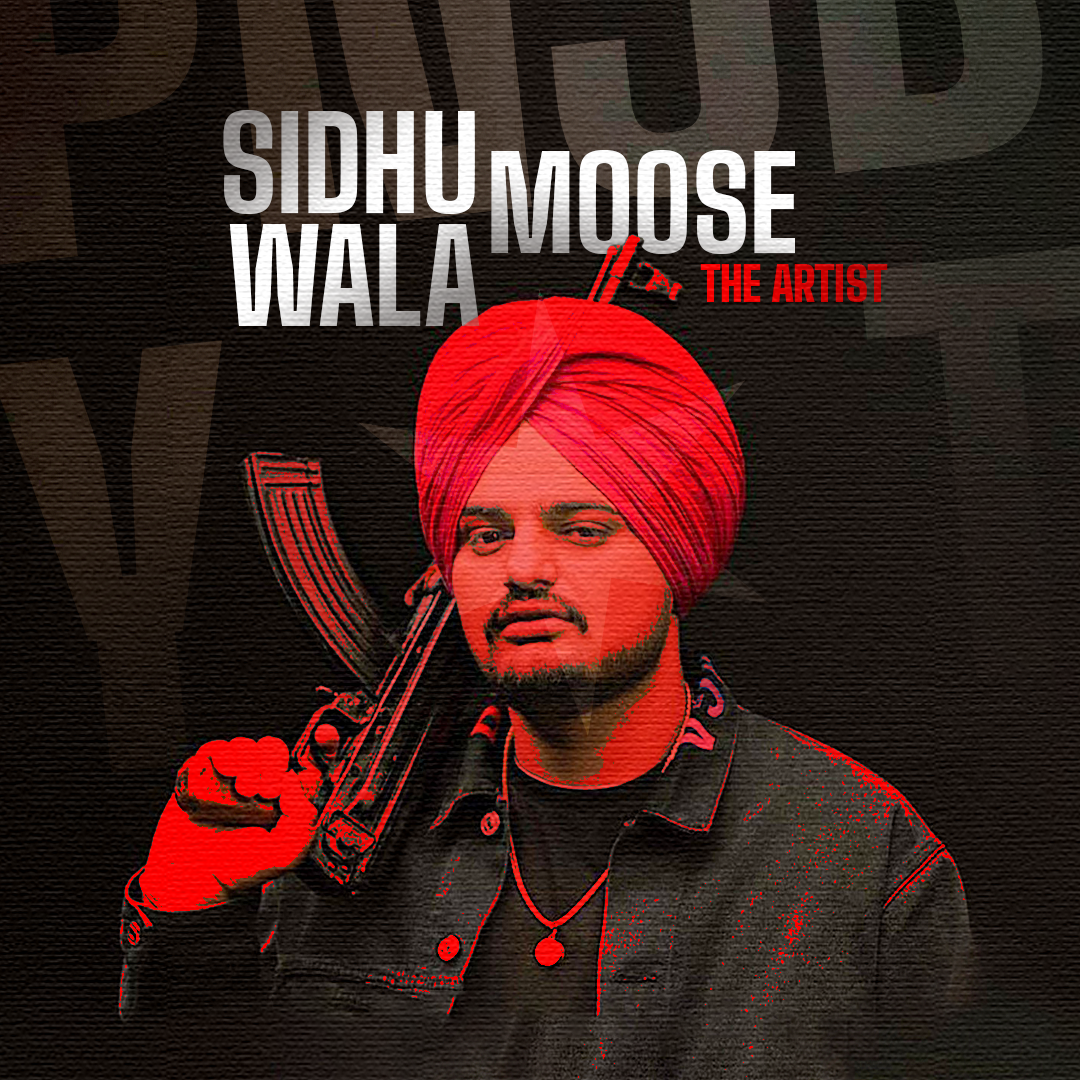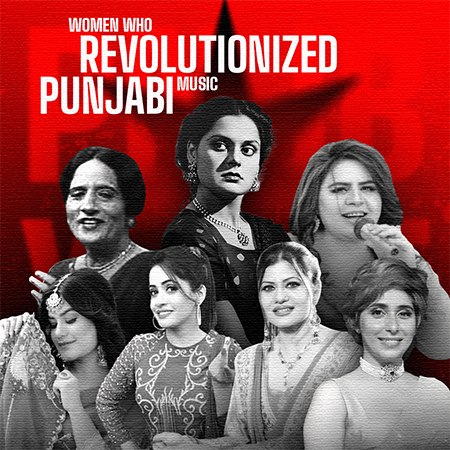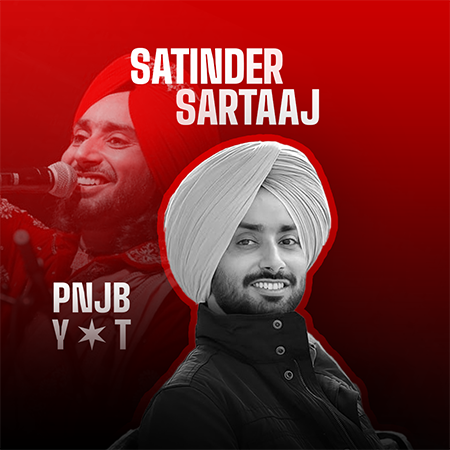
A Song In The Breeze:
The Asa Singh Mastana Profile
Asa Singh Mastana, born on August 22, 1927, in Sheikhupura, present-day Pakistan, emerged as a legendary figure in Punjabi folk music. His early life was marked by the adversities of the Indian Partition in 1947, which saw his family move to Delhi, India. Despite these terrible times, his passion for music remained undeterred. Mastana’s musical journey began under the guidance of Pandit Durga Prasad, a renowned music teacher who instilled in him a deep understanding of classical and folk traditions. Before he could fully immerse himself in music, Mastana briefly worked in a bank, an experience that grounded his later artistic expressions in the everyday life of common people.
Mastana’s debut song, “Tattiye Hawayein Ni Tu Kehre Paseyon Ayi Hain,” was broadcast in 1949. This song set the tone for his future career, showcasing his unique voice and emotional depth. His music resonated with the Punjabi community of the time, especially those who had experienced the partition, as it reflected their sentiments and longing for their homeland. Asa Singh Mastana’s music is characterized by its intensity and deep roots in Punjabi folk traditions. His songs often reflect the rural and agrarian life of Punjab, capturing its essence with authenticity. Some of his most famous songs include “Balle Ni Panjaab Diye Sher Bachiye,” “Doli Charhdeyan Marian Heer Cheekaan,” and “Kali Teri Gut.” Each of these songs carries Mastana’s hallmark voice and his ability to convey profound emotions through simple yet powerful lyrics.

One of his most iconic songs, “Main Jatt Yamla Pagla Deewana,” not only became a massive hit but also found its way into Bollywood, being featured in a film starring Dharmendra. This song solidified Mastana’s influence on both regional and national music scenes, bridging the gap between traditions and mainstream. Mastana frequently collaborated with notable singers such as Surinder Kaur and Prakash Kaur, together creating some of the most memorable duets in Punjabi music history. These collaborations enriched the Punjabi music repertoire, bringing a unique blend of male and female vocal harmonies to traditional folk tunes.
His influence extended beyond his contemporaries to the next generation of Punjabi musicians. Mastana’s dedication to preserving and promoting Punjabi folk music laid the groundwork for future artists who continued to draw inspiration from his work.
Asa Singh Mastana’s contributions to music were recognized with numerous prestigious awards; he received the Dilgir Award, acknowledging his significant impact on Punjabi music, followed by the Padma Shri in 1985, one of India’s highest civilian honors, which highlighted his contributions to the arts at a national level. In 1986, the Sangeet Natak Akademi Award further cemented his status as a leading figure in Indian music, honoring his lifelong dedication to the preservation and promotion of Punjabi folk music.
Mastana sadly passed away on May 23, 1999. Decades later, we’re still talking about him; talk about leaving behind a legacy that continues to strike a chord with listeners. His songs are still celebrated for their authentic representation of Punjabi culture. Mastana’s work not only entertained but also educated listeners about the cultural heritage of his community, making him an icon. Reflecting on Asa Singh Mastana’s life and career, his commitment to his roots, and his ability to translate them into timeless music, his voice, both literally and metaphorically, provided warmth and a sense of identity to many who had experienced displacement and cultural disruption.
Mastana’s music remains a testament to the power of folk traditions in preserving cultural memory and identity. His songs continue to be performed and loved by many, ensuring that his legacy endures. In an era where musical trends constantly evolve, Asa Singh Mastana brings you back to the days when it was a little quieter and slower, basking in the fields you’ve once forgotten about, with the people who’ve known you their entire life.
That’s what true legacy stands for.







